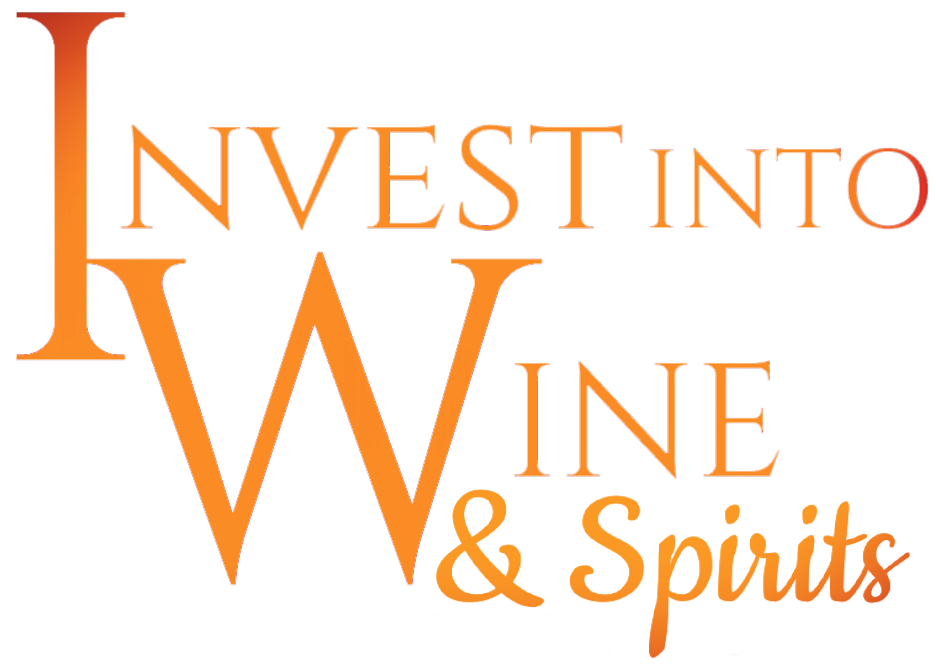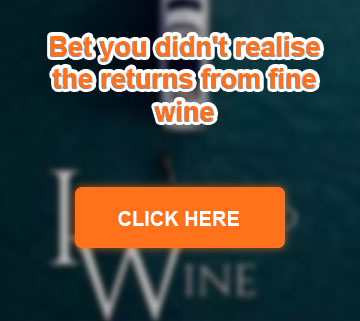Rosé Champagne or pink Champagne, is famously known as one of the most romantic of all drinks, pink being the colour of love. It is the current trend now amongst the younger drinkers to opt for this selection as the preferred choice. Decanter HQ in London recently had their experts, Michael Edwards, Simon Field MW, and Xavier Rousset MS do a panel tasting of 99 bottles in the market and rate them.
The scores:
99 wines tasted
- Exceptional – 0
- Outstanding – 1
- Highly Recommended – 8
- Recommended – 58
- Commended – 30
- Fair – 1
- Poor – 0
- Faulty – 1
*score taken from Decanter
**Click HERE to view the tasting notes and scores for all 99 rosé champagne tasted
The top 5 in the list are as below:
 Charles Heidsieck, Rosé Réserve, Champagne, France – 95 points
Charles Heidsieck, Rosé Réserve, Champagne, France – 95 points
 De Venoge, Louis XV Rosé, Champagne, France, 2006 – 94 points
De Venoge, Louis XV Rosé, Champagne, France, 2006 – 94 points
 Charles Lafitte, Grand Cuvée Rosé, Champagne, France – 92 points
Charles Lafitte, Grand Cuvée Rosé, Champagne, France – 92 points
 De Castelnau, Rosé, Champagne, France – 91 points
De Castelnau, Rosé, Champagne, France – 91 points
 Louis Brochet, Rosé, Champagne, France – 91 points
Louis Brochet, Rosé, Champagne, France – 91 points
How is rosé Champagne made?
The pink hue of the Champagne comes from the skin of the grapes used during the fermentation period of the wine. Traditionally, the skin of the grape is removed immediately to produce the Champagne. In order to make the rosé, they let the skin of the grape to sit in the liquid until the desired colour is achieved. The longer it sits, the more pink it becomes.
There are two different methods used to create this.
“Rosé d’assemblage” – Blended pink Champagne
This method is the most widely used to create the perfect same hue and density every year and giving it a uniformity of colour. It consist of adding the still white wine during the first fermentation, with 5 to 20% of the red champagne wine.
“Rosé de saignée” – Maserated pink Champagne
This method involves allowing the skin of the grapes to be in contact with the wine for a few short hours at the very beginning of the fermentation process. This process naturally let the pigments in the skin to colour the juice and at the very same time gives the juice their aromatic components as well. Rosé Champagnes created in this method tends to have more depth and richer in taste and colour compared to the blended variety.
Market outlook of the rosé
Due to the high demand of the rosé champagne in the market, export sales of rosé have tripled to 9.4% since 2000. With such a spike, the financial commitment from the big players like Moët & Chandon’s and Veuve Clicquot who are the most powerful players, are ready to keep up with the demand by having wine making centres and facilities to produce these rosé and also working with growers to ensure this demand is met.
As for the question of vintage vs non vintage, it is undeniable that the quality gets better as it move into vintage. However, having said that, 6 out of the 9 top scorers, including the one and only outstanding wine, were all non vintage. Clearly this shows that you need not go for vintage just to enjoy this variety of wine.
Click HERE to read more from Decanter about the personal review from each of the experts.




